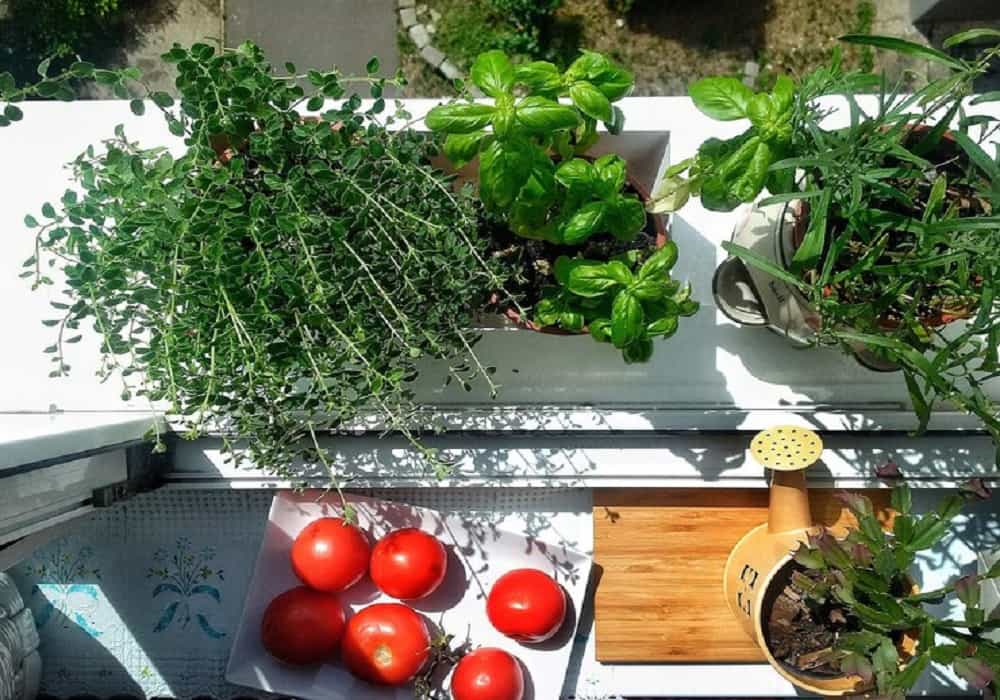Gardening is one of the most fulfilling hobbies you can adopt, especially if you live in India where the climate supports a wide variety of plants. For beginners, the best way to stay motivated is to grow vegetables that give quick results. Watching your plants sprout, grow, and provide fresh produce in just a few weeks is both exciting and rewarding. This guide will help you discover the fastest growing vegetables at home in India along with tips to make your gardening journey easy and successful.
Why Choose Fast-Growing Vegetables?
Starting with fast-growing vegetables has several advantages:
- Quick harvests keep beginners motivated.
- Fresh and organic food straight from your garden.
- Saves money by reducing grocery bills.
- Eco-friendly lifestyle as you reuse kitchen waste for compost.
- Family activity that teaches children the value of nature.
Whether you have a terrace, balcony, or small backyard, these vegetables are easy to grow in pots, containers, or grow bags.
List of the Fastest Growing Vegetables at Home in India
Here are some of the most popular and quickest vegetables you can grow in Indian homes:
1. Spinach (Palak)
- Time to Harvest: 25–30 days
- Why it’s easy: Spinach grows quickly in most Indian climates and requires minimal care.
- Tip: Keep the soil moist and harvest the outer leaves for continuous growth.
2. Radish (Mooli)
- Time to Harvest: 30–40 days
- Why it’s easy: Radishes grow well in both pots and garden beds.
- Tip: Choose a sunny spot and loose soil for better root development.
3. Fenugreek (Methi)
- Time to Harvest: 20–25 days for leaves
- Why it’s easy: It grows quickly, and you can harvest multiple times.
- Tip: Soak the seeds overnight before planting for faster germination.
4. Coriander (Dhaniya)
- Time to Harvest: 25–30 days
- Why it’s easy: Perfect for small containers and grows fast.
- Tip: Keep sowing seeds every 2–3 weeks for a continuous supply.
5. Lettuce
- Time to Harvest: 30–40 days
- Why it’s easy: Ideal for salads and sandwiches, lettuce grows fast in cool seasons.
- Tip: Harvest outer leaves instead of uprooting the entire plant.
6. Amaranthus (Chaulai)
- Time to Harvest: 25–30 days
- Why it’s easy: Common leafy vegetable in India, very beginner-friendly.
- Tip: To promote additional growth, harvest new leaves on a regular basis.
7. Green Onions (Spring Onions)
- Time to Harvest: 25–30 days
- Why it’s easy: Can be grown from onion bulbs or seeds.
- Tip: Place onion bulbs in soil with half the bulb exposed for quick shoots.
8. Cucumber (Kheera)
- Time to Harvest: 40–50 days
- Why it’s easy: This climber grows quickly and yields a lot of fruit.
- Tip: Provide support like a trellis for better yield.
9. Okra (Bhindi)
- Time to Harvest: 40–45 days
- Why it’s easy: Grows well in hot Indian summers and produces continuously.
- Tip: Harvest tender pods regularly to keep the plant producing.
10. Tomatoes (Tamatar)
- Time to Harvest: 45–50 days
- Why it’s easy: Widely grown in Indian homes and perfect for containers.
- Tip: Stake the plants to support heavy fruiting.
Tips for Growing Fast Vegetables at Home in India
- Use good quality seeds – Always purchase from trusted sources.
- Ensure proper sunlight – Most vegetables need 5–6 hours of sunlight daily.
- Choose containers wisely – Use pots with drainage holes to avoid root rot.
- Water correctly – Overwatering harms plants; water only when topsoil feels dry.
- Add organic compost – Kitchen waste compost or vermicompost works best.
- Follow seasonal planting – Grow according to Indian seasons for maximum yield.
Seasonal Planting Guide for Beginners
- Summer Vegetables (March–June): Okra, cucumber, amaranthus, gourds.
- Monsoon Vegetables (July–September): Spinach, beans, coriander, bitter gourd.
- Winter Vegetables (October–February): Radish, lettuce, peas, cauliflower, tomato.
By choosing the right crop for the right season, you’ll enjoy faster and healthier harvests.
Common Mistakes to Avoid
- Planting too many varieties at once.
- Ignoring pest problems until they spread.
- Overcrowding plants in small containers.
- Forgetting to fertilize regularly.
- Not giving enough sunlight exposure.
Benefits of Growing Fast Vegetables at Home in India
- Fresh Organic Food: Say goodbye to pesticide-laden vegetables.
- Cost Saving: Reduces household expenses on groceries.
- Sustainability: Helps recycle kitchen waste into compost.
- Healthier Lifestyle: Gardening is a great physical and mental exercise.
- Family Bonding: Involves children in planting and harvesting.
FAQs on Fastest Growing Vegetables at Home in India
Q1. Which vegetable grows the fastest in India?
Ans: Spinach, fenugreek, and coriander are among the fastest-growing vegetables, ready within 20–30 days.
Q2. Can I grow vegetables at home without a garden?
Ans: Yes, you can use pots, containers, or grow bags on a balcony, terrace, or even windowsill.
Q3. Do I need fertilizers for fast-growing vegetables?
Ans: Yes, organic compost or vermicompost boosts plant growth and gives healthier produce.
Q4. How do I protect my vegetables from pests naturally?
Ans: Use neem oil spray, soap water spray, or companion planting like marigold.
Q5. Which vegetables are best for beginners in India?
Ans: Spinach, coriander, methi, and radish are easiest for first-time gardeners.
Q6. Can I grow vegetables all year round in India?
Ans: Yes, but you need to choose seasonal vegetables suitable for summer, monsoon, or winter.
Q7. How much space do I need to start growing vegetables?
Ans: Even a small balcony with 4–5 pots is enough to grow fast vegetables at home.
Conclusion
Starting with the fastest growing vegetables at home in India is the simplest way to begin your gardening journey. With just a few pots, organic soil, and seeds, you can enjoy fresh and healthy food in a matter of weeks. Not only does it provide you with organic produce, but it also brings joy, peace, and a sense of achievement.





Comments